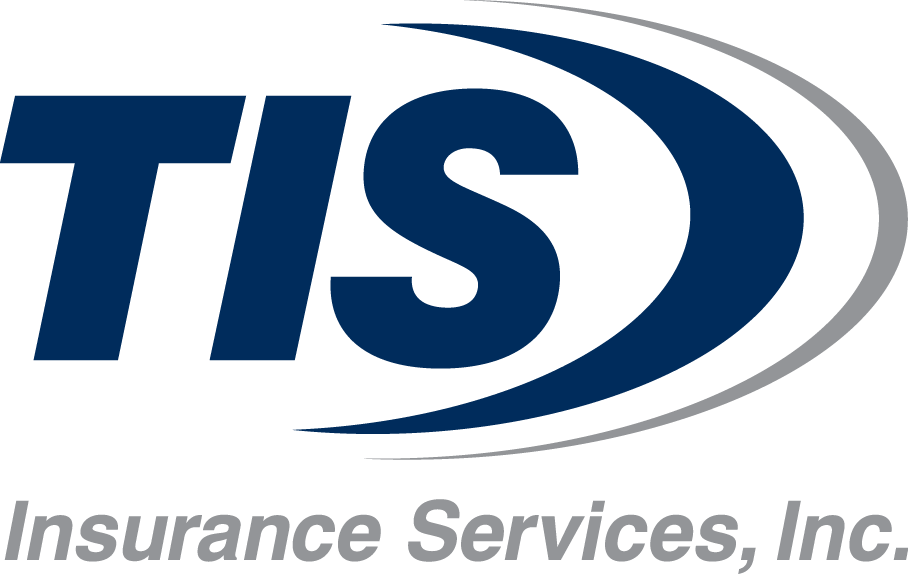As healthcare costs continue to rise and market uncertainties persist, a growing number of employers are turning to self-insurance to gain better control over their healthcare expenses. This shift towards self-insurance accompanies a heightened focus on risk management and using advanced data analytics to optimize stop-loss insurance solutions and accurately assess risks. However, the employer stop-loss insurance market is undergoing significant transformations in 2024 due to several factors and emerging trends.
Understanding Stop-Loss Insurance
Stop-loss insurance is designed to protect employers who decide to self-insure from the high costs of claims. There are two primary types: specific and aggregate. Specific stop-loss covers excessive claims for any single individual, while aggregate stop-loss protects against excessive total claims for all employees combined.
Key Trends in 2024
1. Regulatory Changes and Compliance
The evolving regulatory landscape is a significant driver of change in the stop-loss insurance market. Healthcare policies and regulations are continually updated, necessitating employers to stay informed and compliant to avoid penalties and ensure their benefits programs are effective. These regulatory changes often require adjustments in stop-loss coverage and risk management strategies, making it essential for employers and insurers to remain agile and proactive.
2. Catastrophic Claims and Specialty Drugs
Another significant trend is the increasing awareness of catastrophic claims, particularly those involving specialty drugs and complex medical procedures. The costs of these claims can be substantial, prompting employers to seek innovative risk mitigation strategies. Captive insurance arrangements and medical management programs are gaining popularity as they offer practical ways to manage these high-cost claims and spread the financial risk.
3. Customization and Flexibility
Employers increasingly demand customized stop-loss solutions tailored to their needs and risk tolerance. This trend is leading to the development of more flexible plan designs and innovative risk-sharing arrangements. Insurers respond by offering value-added services that enhance the overall benefits package and give employers greater control over their healthcare expenditures.
4. Healthcare Costs and Pricing Pressures
The persistent rise in healthcare costs continues to pressure the stop-loss insurance market. Insurers must balance the need for adequate pricing to cover potential claims with the competitive pressures to offer attractive rates. This balancing act requires a deep understanding of market dynamics and a strategic pricing and plan design approach.
5. Technology and Digital Solutions
The adoption of technology and digital solutions is transforming the management of stop-loss programs. Insurtech innovations, such as digital claims processing platforms, telemedicine services, and predictive analytics tools, enhance efficiency and improve the overall customer experience. These technologies enable more accurate risk assessments, streamline administrative processes, and provide valuable insights that enable better decision-making.
Navigating the Dynamic Market
Increased self-insurance adoption, advanced analytics, regulatory changes, and innovative risk management solutions characterize the stop-loss insurance market in 2024. Employers, insurers, and brokers must stay informed and adaptable to navigate these trends effectively. By leveraging the latest technologies, embracing customization, and proactively managing risks, stakeholders can capitalize on the opportunities presented by this dynamic healthcare landscape.

If you need assistance implementing a self-insurance strategy or exploring stop-loss insurance options, our team of benefits specialists can help. Contact us today to learn more about how we can support your organization’s health benefits strategy.






